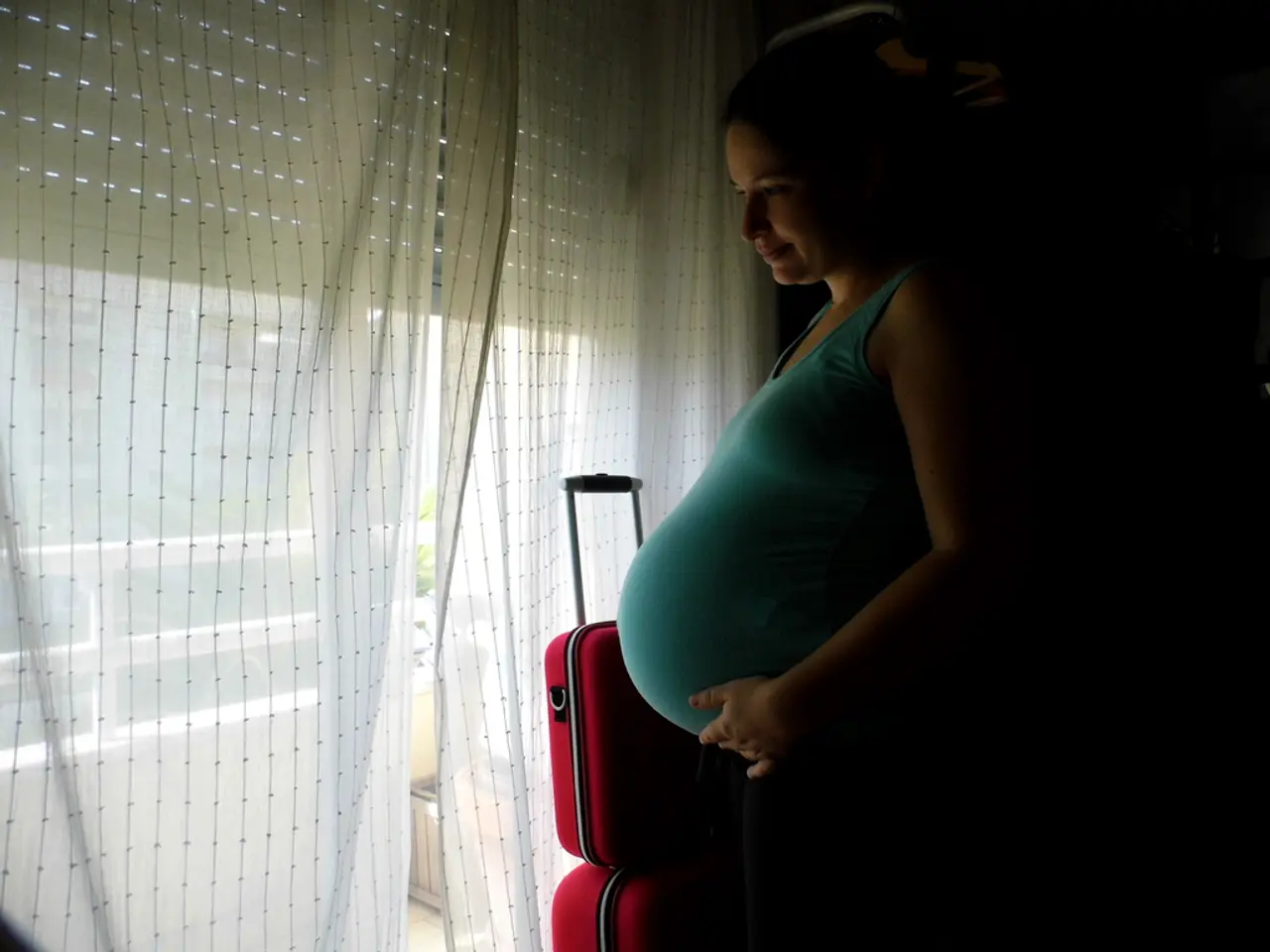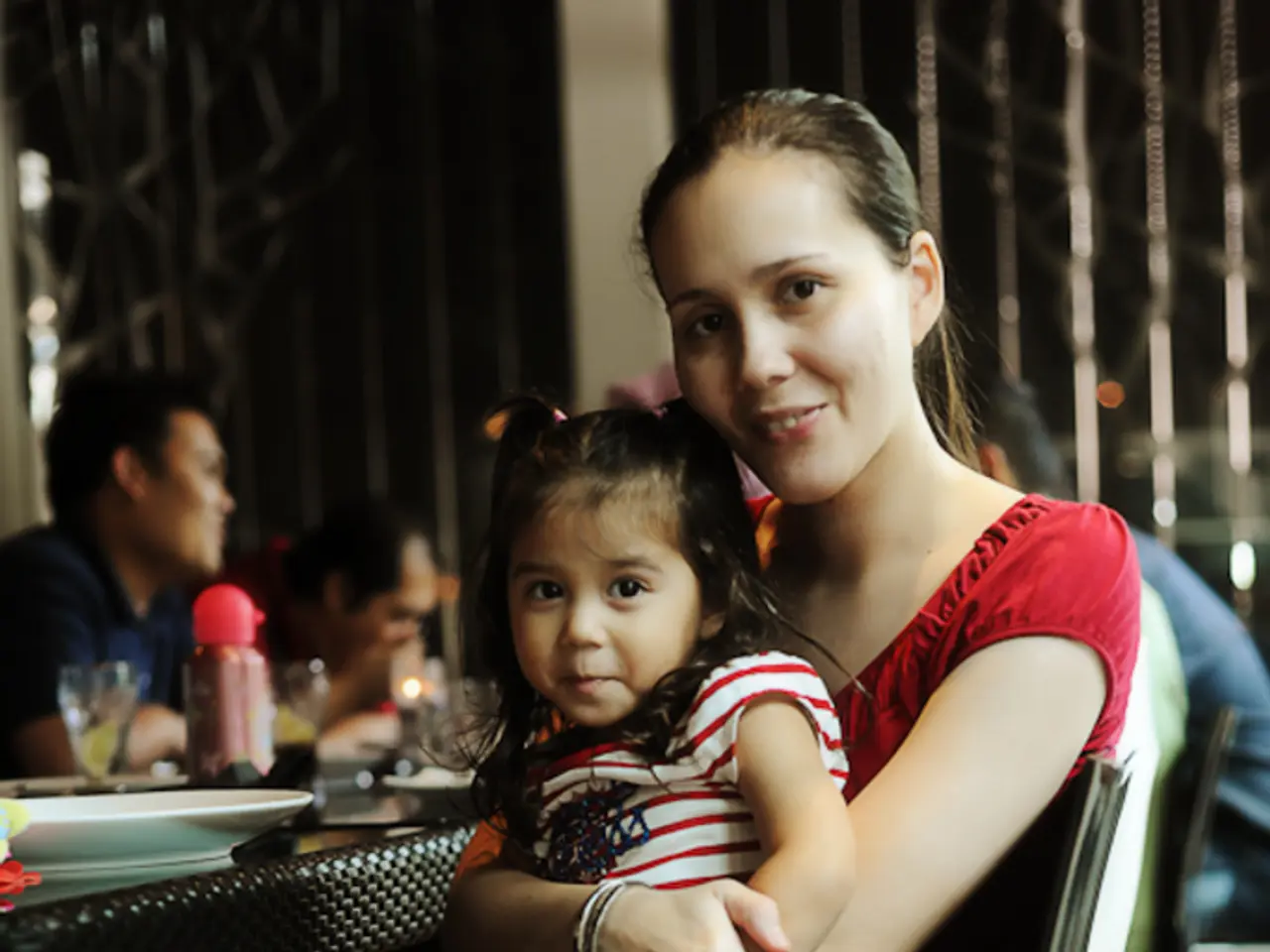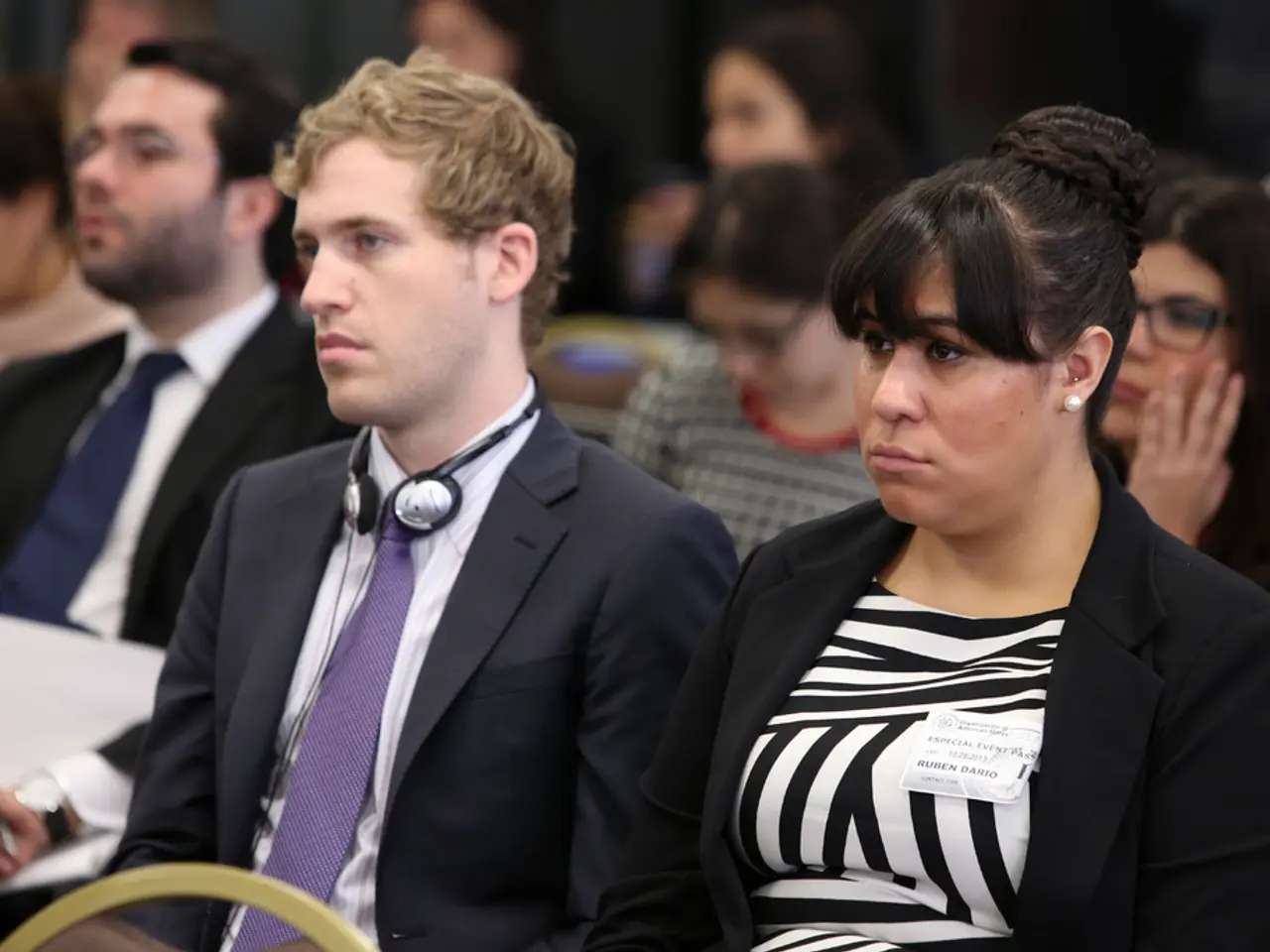Unleashing Contents: Pandora's Vault
In the Science Museum's Who Am I? gallery, Esther Fox's thought-provoking sculpture, "Pandora's Box", invites viewers to examine the ethical implications of widespread pre-natal genetic screening.
The sculpture, on display until September 2016, uses the myth of Pandora’s Box as a metaphor, highlighting concerns about the potential for discrimination, eugenics, and the unforeseen ramifications of altering or selecting human traits.
The casket in "Pandora's Box" is gilded on the inside with gold leaf, symbolizing inner beauty and knowledge. Emerging from the casket is a double helix style twist made from computer punch tape, symbolizing the early era of collecting and storing data. Hanging above the casket are strips of velum, an ancient medium used for valuable documents such as the Magna Carta, which bear excerpts from a study that looked at how people felt about prenatal genetic screening.
The sculpture invites viewers to critically reflect on how breakthroughs in genetic screening challenge longstanding ethical principles, warning that opening the "box" of such technology has complex and largely unpredictable societal impacts.
"Pandora's Box" represents multiple voices who had taken part in the study, and it explores the ethical challenges associated with pre-natal genetic screening, including:
- Human identity and diversity: The pressure to select against certain traits could reduce genetic diversity and alter societal acceptance of disabilities or differences.
- Consent and autonomy: The unborn child cannot consent to genetic selection or intervention.
- Social justice: Access to, and use of, genetic screening may exacerbate inequalities if available only to certain groups.
- Slippery slope to designer babies: Screening might lead to more controversial genetic modifications beyond health issues.
The artist, Esther Fox, has been collaborating with Felicity Boardman, the study's author, on "Pandora's Box". Fox, who has a full life working full time, being married, and having a rich and diverse social life, feels that her disability is part of her identity and has taught her resilience, creative problem solving, and the ability to communicate with diverse people.
Fox argues that while genetic screening is often viewed as scientific progress, it involves screening out a person with a genetic condition. She hopes that "Pandora's Box" will provoke thought and discussion about the ethical implications of pre-natal genetic screening. The artist encourages public commentary on the piece, inviting viewers to reconsider the connection between our medical body and our spiritual essence and what it means to be human.
For more information about "Pandora's Box" and its development, visit the provided link.
- The sculpture "Pandora's Box" provides a thought-provoking commentary on the intersection of science and medical-conditions, particularly pre-natal genetic screening, and raises concerns about health-and-wellness, technology, and artificial-intelligence.
- Esther Fox's collaboration with Felicity Boardman on "Pandora's Box" highlights the ethical challenges of pre-natal genetic screening, particularly in relation to social justice, human identity and diversity, consent and autonomy, and the potential for designer babies.




